The gustatory examination is one of the phases that complete the wine tasting. Through it is possible to grasp the organoleptic characteristics of the nectar of the gods. In order to better grasp its secrets through taste, tools suitable for the purpose are needed. Their realization is the result of continuous research in the field to achieve perfection. Wine glasses are an indispensable tool for sommeliers, winemakers and professionals who work every day in the wine world. Experience combined with a perfect form create the union to arrive at a reliable final judgment. The glasses, in fact, are made with very specific characteristics that allow the wine to release its hints, aromas and tactile sensations that make up the harmony of the liquid in the glass. The glass becomes the protagonist of a harmonic tasting that involves the senses. We offer the best wine glasses for a perfect gustatory examination. ISO glasses are also available, created to meet specific tasting parameters.

Taste test: moments of pure pleasure for the senses
The sommelier or the professional who is about to conduct a tasting loves to prepare himself psychologically to discover the most hidden secrets that speak of work in the vineyard, winemaking, aging and refinement. All the work in the cellar condenses into a glass and tells a story. This story is all the more passionate, as engaging are the preambles that promise great things. It all starts with pouring the wine into the glass. Hearing is the first of the senses involved in tasting through the snap of the liquid that descends safely ready to tell its story telling. Each wine has a story, no one is ever alike. After having carefully observed the wine in the glasses and conducted the visual examination, the taster prepares for the olfactory examination before seeking confirmation in the gustatory examination. The latter, in fact, is the final test to express an opinion on harmony and balance. The gustatory examination proposes characteristic notes that refer to what is perceived on the nose with possibly greater taste-olfactory complexity. To achieve this, some clear and essential steps are required.
Small but decisive passages of the gustatory examination
To better understand the concept of gustatory examination it is good to start by saying that wine is composed of volatile and non-volatile substances. While the former are important during the olfactory examination, the latter are crucial for the gustatory examination. They are substances that do not hover in the air contained in the wine glasses but remain in the wine interacting with the sensors of the oral cavity. The taste buds, in fact, together with the gums are taste receptors that translate the sensations felt to get them to the brain into nerve impulses. Said like this it seems something complicated and scientific, in reality we talk about the pleasure of tasting a glass of wine through its components.
When we talk about the taste of wine we refer to the sensations experienced through the iteration of the organs of the oral cavity. Each has a very specific function which as a whole is like an orchestra producing a well-defined sound. Starting from the taste buds it is possible to experience sensations called tastes:
- acidity technically expressed as freshness;
- bitter
- sweet with reference to the sensations experienced in tasting, for example, sweet wines or natural sweets.
- flavor to the content of mineral salts
The tactile sensations, on the other hand, refer to those experienced by the palate and gums:
- Astringency is characteristic of red wines. This sensation is somewhat reminiscent of the taste of unripe fruit due to the presence of tannins
- Softness is due to the presence of sugar alcohols which makes the wine silky in the mouth
- Alcohol that produces pseudo-warmth in the mouth
- Heat as a function of temperature
The wine in the mouth must remain for a few seconds to allow the substance to hover in the mouth thanks to the heating of the liquid. This is a decisive phase as it confirms the scents perceived on the nose. In fact, they have the possibility of returning on time by going back to the nose. Thus emerge fruity sensations of red fruits, floral and spicy cocoa, tobacco, black pepper. In reality, the memory of the aroma of these products is not real taste.
Wine tasting desk: trade fairs and sector events
Fairs such as Vinitaly, Prowine, Vitigno Italia, Milano Wine Festival and many others are a tasting counter for new wine products. They are the meeting point between professionals. Wine technicians, sommeliers and wineries meet to discuss over wine glasses. Whites, reds and rosés are the absolute protagonists and with tasting wine glasses made for the purpose of discovering the innermost secrets of the nectar of the gods, interesting tastings of wine products can be made.



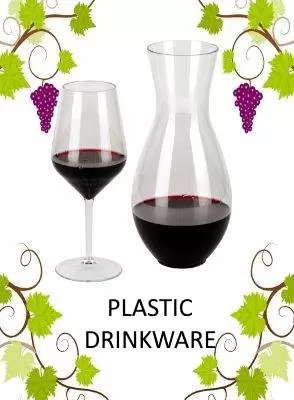








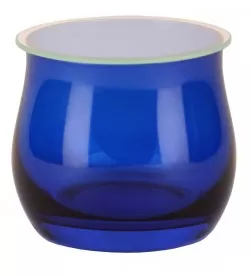










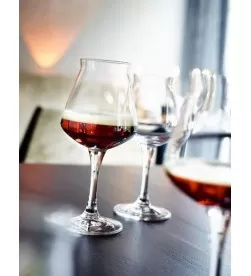









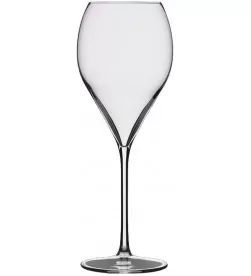

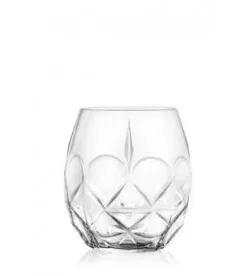










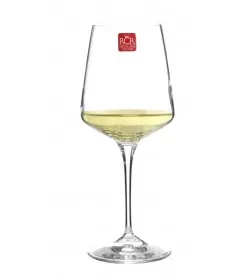







 Tasting
Tasting
 The sommelier's tools
The sommelier's tools
 Tasting events
Tasting events
 Crystal glasses and stemware: that subtle transparency
Crystal glasses and stemware: that subtle transparency
 Personalized Plastic Glasses: Quality, Design with Plastic Glasses
Personalized Plastic Glasses: Quality, Design with Plastic Glasses
 Cantine Aperte at Christmas: Wine Tasting
Cantine Aperte at Christmas: Wine Tasting
 Back to School: Learning to Taste Wine Properly
Back to School: Learning to Taste Wine Properly
 September: The Month of Harvest and Gastronomic Events
September: The Month of Harvest and Gastronomic Events